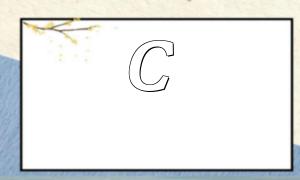PHP8 introduces a new feature called Throw Expression, which greatly simplifies the way errors and exceptions are handled. With Throw Expression, developers can throw exceptions directly inside expressions without relying solely on traditional Try-Catch blocks, making the code more concise and efficient. This article will explain how to use Throw Expression to manage errors and exceptions, with sample code to illustrate.
Before PHP8, throwing errors generally required calling trigger_error() or creating an exception instance and then throwing it. Now, Throw Expression allows us to throw errors directly within an expression, for example:
<span class="fun">$error = $value < 0 ? throw new InvalidArgumentException("Invalid value") : $value;</span>
In the code above, if $value is less than 0, an InvalidArgumentException is thrown; otherwise, $value is returned.
Similarly, exceptions can also be thrown directly using Throw Expression. Here’s an example:
<span class="fun">$age = $request->input('age') ?: throw new MissingParameterException("Missing age parameter");</span>
If the age parameter is missing from the request, a MissingParameterException is thrown; otherwise, the age parameter value is assigned to $age.
Although Throw Expression simplifies throwing exceptions, handling them is still best done with Try-Catch blocks. Example:
try {
$result = $value < 0 ? throw new InvalidArgumentException("Invalid value") : $value;
// Perform other operations...
} catch (InvalidArgumentException $e) {
// Handle the InvalidArgumentException
echo $e->getMessage();
}If $value is less than 0, the thrown exception is caught by the catch block, allowing for handling or logging.
PHP8’s Throw Expression offers a more concise syntax for error and exception handling by allowing exceptions to be thrown directly within expressions, improving code readability and simplicity. Usage restrictions should be observed, and exceptions should still be caught and handled using Try-Catch blocks for best results. Hopefully, this article and examples help you master this feature effectively.









